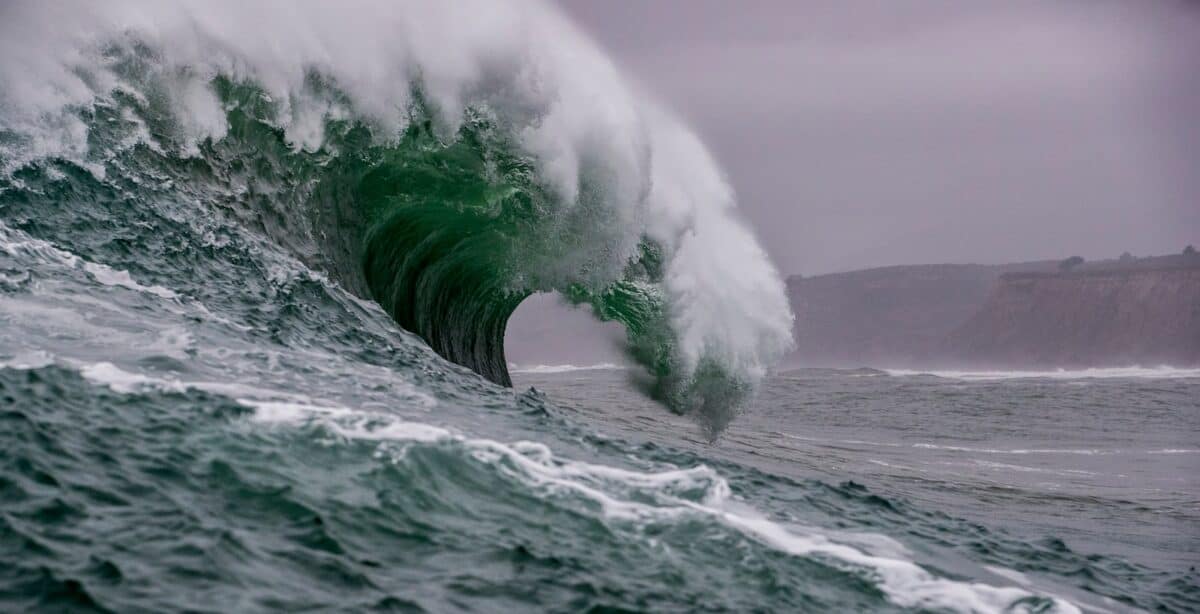Tsunamis are among the most destructive natural forces on Earth, causing widespread devastation across coastal areas. While the US West Coast has experienced several such events, one stands out in its impact and lasting legacy. Through this article, we’ll explore the history, causes, and effects of this catastrophic event, shedding light on the resilience of the affected communities and lessons learned.
Understanding Tsunamis

Tsunamis are large ocean waves typically caused by underwater seismic activity, such as earthquakes or volcanic eruptions. These waves can travel at speeds of up to 500 miles per hour and reach heights exceeding 100 feet upon making landfall. The sheer power and speed of tsunamis make them particularly destructive to coastal communities.
The Cascade of Events Leading to the Tsunami
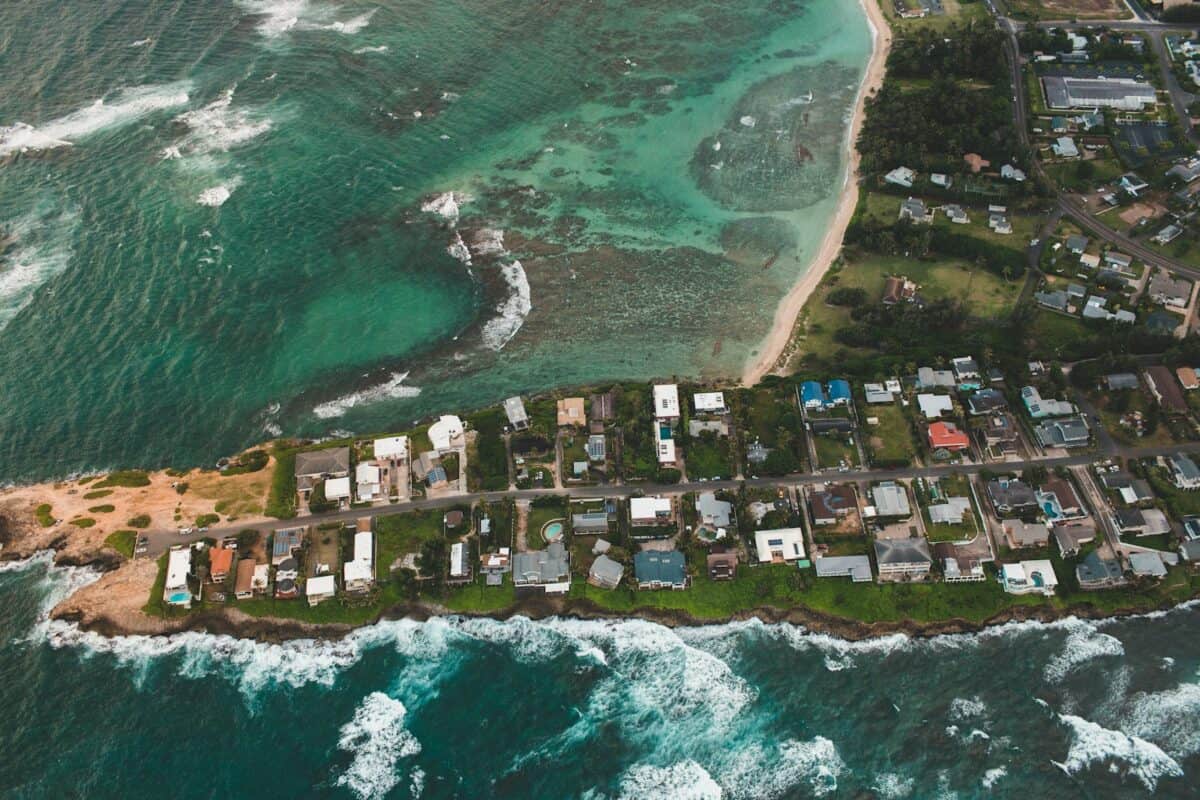
The most devastating tsunami to hit the US West Coast was triggered by a megathrust earthquake along the Cascadia Subduction Zone. This geologically complex area extends from northern California to southern Canada, where the Pacific and North American plates converge. On January 26, 1700, a powerful earthquake estimated at a magnitude of 9.0 unleashed a massive tsunami.
A Journey Across the Pacific

Unlike localized tsunamis, the 1700 event had far-reaching effects across the Pacific Ocean. The waves traveled thousands of miles, striking Japan’s coast without warning. The historical records from Japan provided crucial evidence to piece together the timeline and scale of this tsunami, despite it occurring long before modern communication and scientific documentation methods.
Coastal Devastation and Human Impact

The tsunami’s arrival on the US West Coast resulted in tragic loss of life and destruction of indigenous communities. Though exact numbers remain unknown due to the lack of historical documentation, the oral histories of Native American tribes recount villages being swept away, drastically altering the cultural and societal landscape.
Geological Evidence
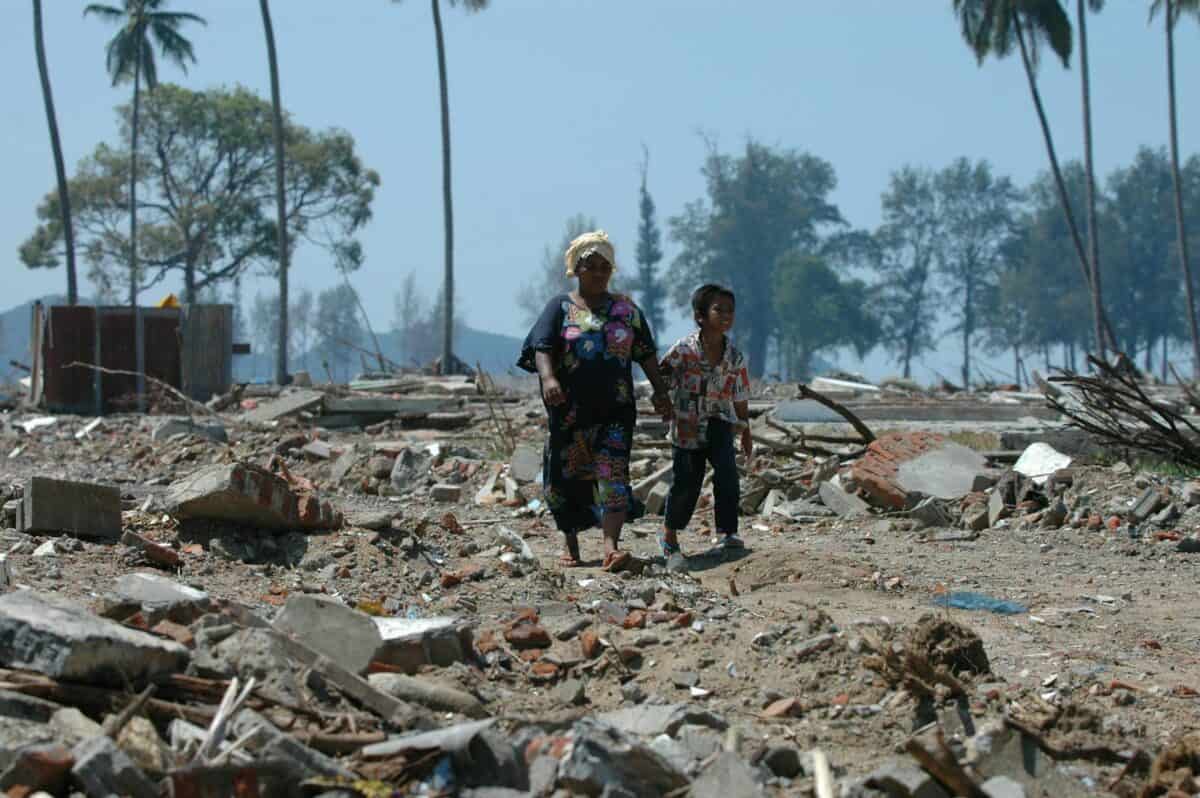
Scientists have relied on natural archives, such as sediment deposits and drowned forests, to study the effects of the 1700 tsunami. Layers of sand swept inland and submerged vegetation, preserved for centuries, provide clues to both the scale of the tsunami and its source—the Cascadia Subduction Zone.
The Role of Indigenous Knowledge
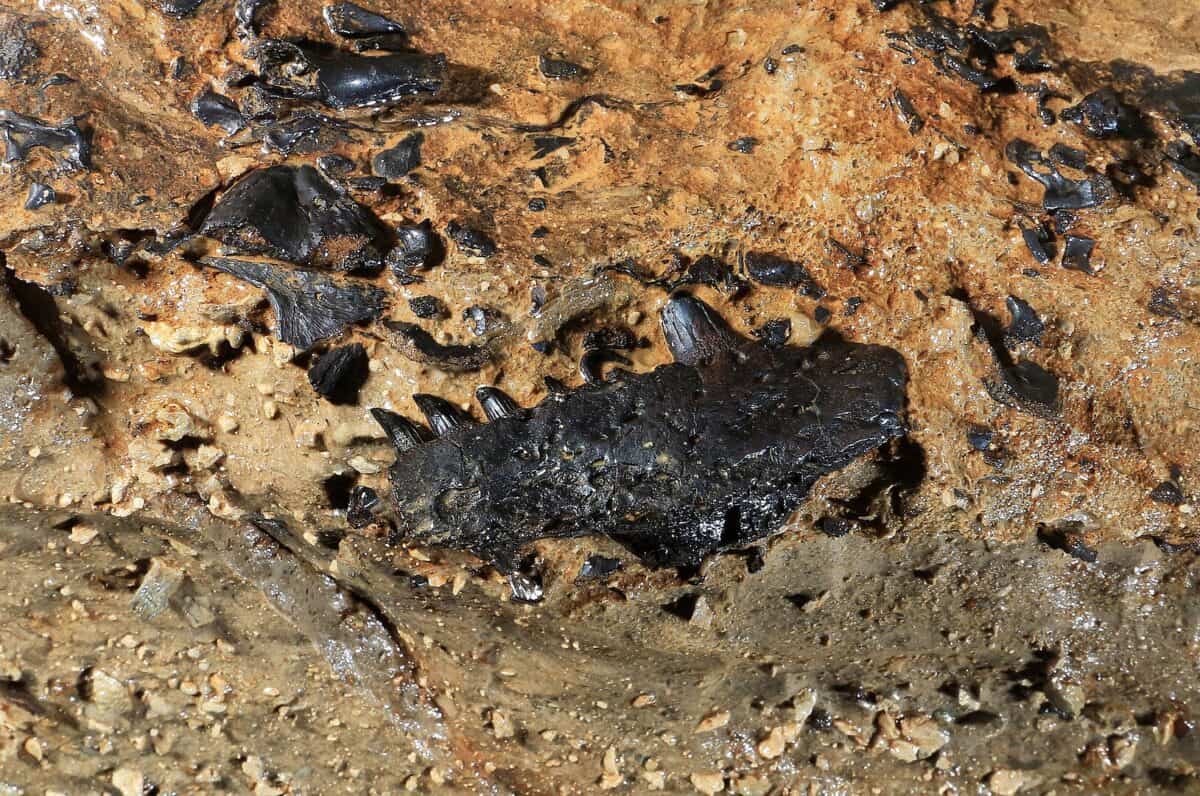
Oral traditions from indigenous tribes along the coast offer invaluable insights into the tsunami’s impact. These stories, passed down through generations, have helped corroborate geological findings and remind us of the importance of respecting traditional ecological knowledge as part of our understanding of natural disasters.
Preparedness and Modern Implications

The 1700 tsunami underscores the necessity of preparedness for similar events in the future. Today, the Pacific Northwest is better equipped with warning systems and emergency protocols, but the threat of another major earthquake and tsunami remains ever-present. Ongoing research and education efforts aim to mitigate risk for coastal communities.
Technological Advancements in Tsunami Detection

In the wake of past events, tsunami detection technology has greatly improved. Systems of buoys and tide gauges now monitor changes in sea level in real time. These advancements, coupled with earthquake monitoring networks, provide crucial data allowing for safer evacuation and response strategies.
Community Resilience and Recovery
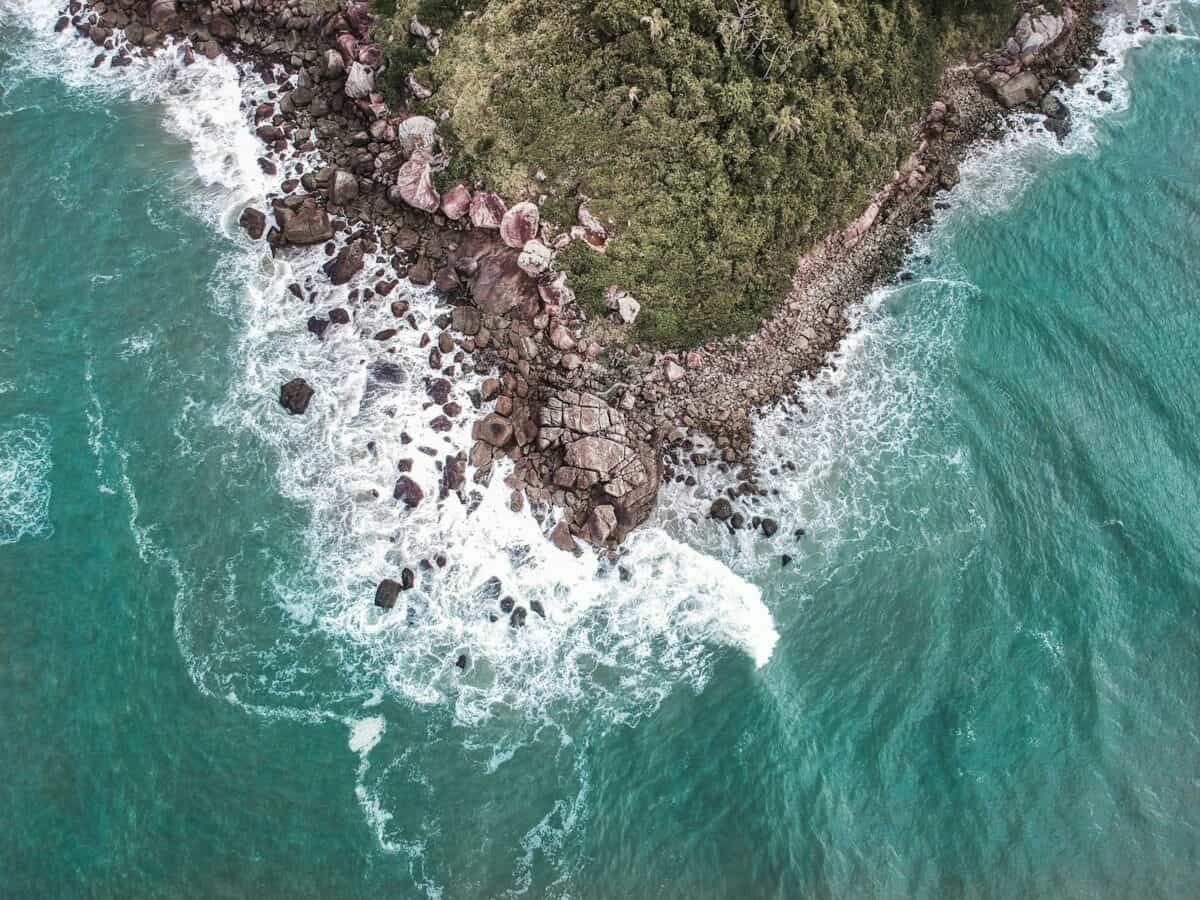
Communities affected by the 1700 tsunami have demonstrated incredible resilience, rebuilding and adapting to their new realities. Today, these regions encourage community planning and drills, strengthening social ties and readiness against possible future tsunamis.
Lessons Learned from Historical Events

Past tsunamis provide valuable lessons for modern-day disaster preparedness. Understanding the science behind these events, learning from community experiences, and continuously improving response measures are vital components in safeguarding lives and properties.
Challenges in Prediction and Response
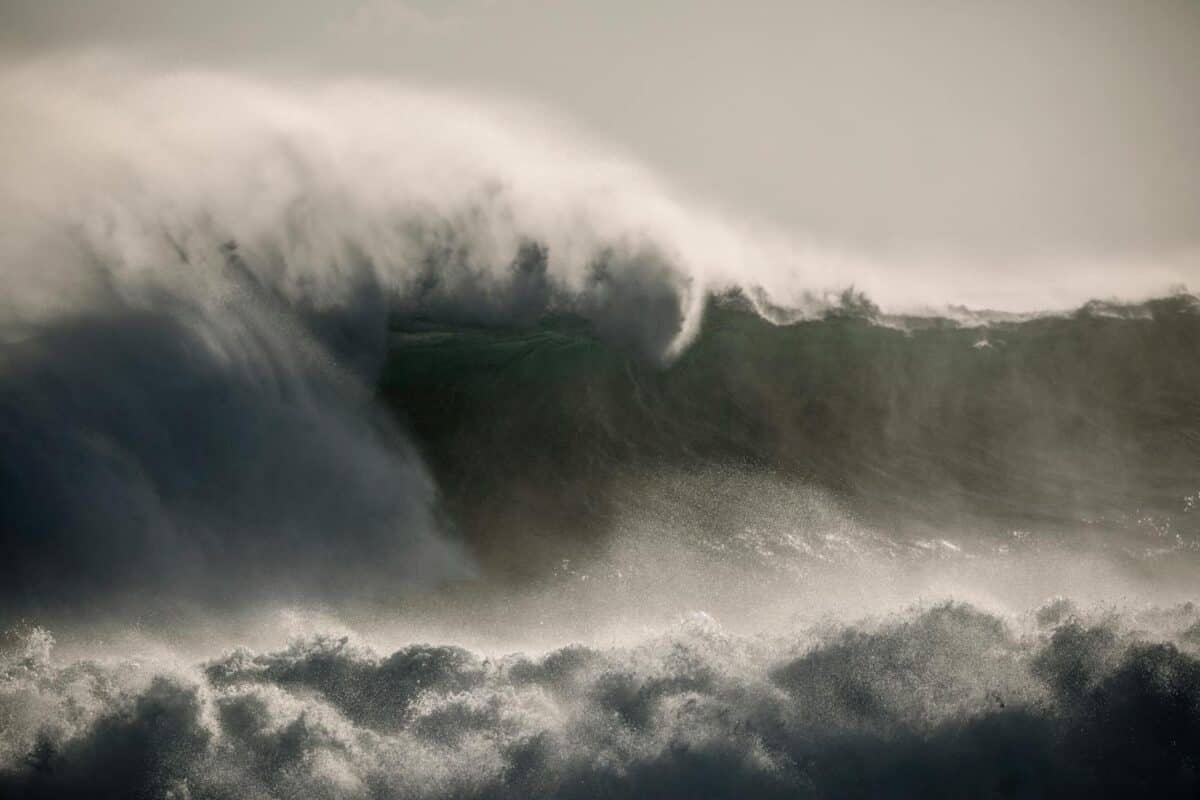
Despite advancements, predicting the timing and scale of tsunamis remains challenging. Geologists continue to study the historical record and geological indicators to better understand the quirks of the Cascadia Subduction Zone. Ongoing research aims to improve prediction models and enhance response measures.
Conclusion
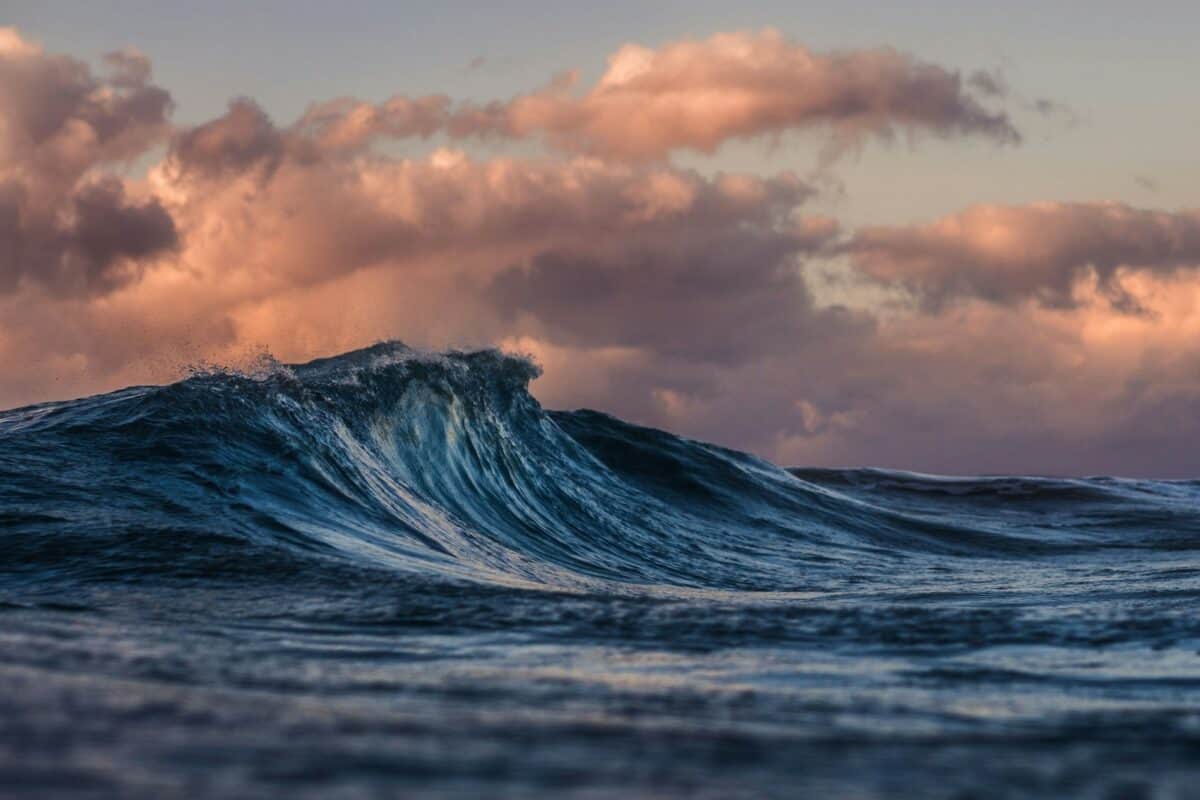
The most devastating tsunami to hit the US West Coast taught us valuable lessons about nature’s power and human resilience. As we look to the future, the commitment to understanding these formidable forces, preparing for emergencies, and drawing wisdom from past experiences remains of utmost importance. By remembering the past and embracing scientific and cultural knowledge, we can better protect our communities against such natural disasters.
- The Most Unusual Places in America That Have Seen Snowfall - August 16, 2025
- The Most Devastating Tsunami to Ever Strike the US West Coast - August 16, 2025
- Why Some Caterpillars Eat Toxic Plants Without Getting Sick - August 16, 2025

